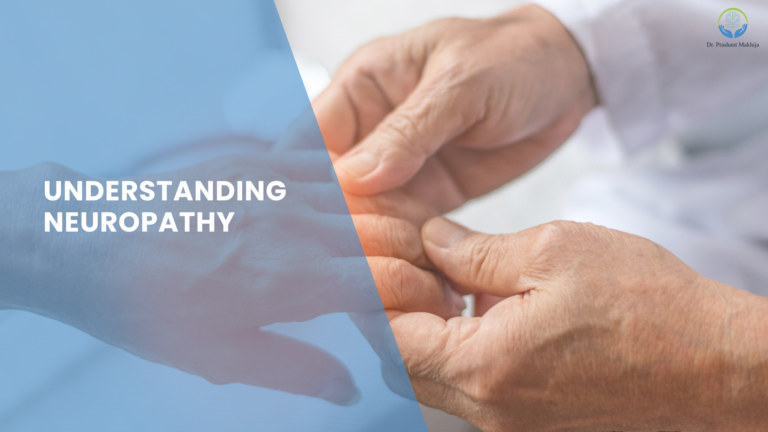Discover how neurotechnology advancements like brain-machine interfaces and neurostimulation are transforming brain health, improving treatment options, and enhancing quality of life.
Introduction: The Role of Neurotechnology in Modern Neurology
Neurotechnology is at the forefront of transforming how we understand and treat brain-related disorders. From improving diagnoses to offering innovative therapies, advancements in this field are reshaping brain health care. In this blog, we’ll explore groundbreaking neurotechnologies like brain-machine interfaces (BMIs), neurostimulation techniques, and how they are changing lives.
Brain-Machine Interfaces: Bridging Humans and Machines
Brain-machine interfaces (BMIs) are one of the most exciting breakthroughs in neurotechnology. These systems connect the brain directly to external devices, enabling individuals with paralysis to control prosthetics, computers, or even wheelchairs using their thoughts.
- How It Works: BMIs decode brain signals and translate them into actions. For instance, a person with a spinal cord injury can move a robotic arm by imagining the movement.
- Real-Life Applications: BMIs have shown success in improving mobility for individuals with ALS and stroke survivors.
- Future Potential: Researchers are working on enhancing BMI precision, making it possible for even finer control over devices.
Neurostimulation: A New Frontier in Treating Brain Disorders
Neurostimulation involves using electrical or magnetic stimulation to alter brain activity. This approach has shown promise in managing chronic pain, depression, epilepsy, and Parkinson’s disease.
- Popular Techniques:
- Transcranial Magnetic Stimulation (TMS): Non-invasive treatment for depression.
- Deep Brain Stimulation (DBS): A surgical method for managing movement disorders.
- Benefits: Neurostimulation offers targeted, adjustable treatments with fewer side effects compared to traditional medications.
- Emerging Uses: Studies suggest neurostimulation could enhance memory or even treat conditions like Alzheimer’s.
Wearable Neurotech: Monitoring and Enhancing Brain Health
Wearable neurotechnology devices like EEG headsets and neurofeedback tools are becoming accessible for everyday use.
- Brain Monitoring: Wearables help track brain activity for stress management, focus improvement, and early detection of neurological disorders.
- Neurofeedback Training: By providing real-time data, these devices allow users to train their brains to achieve better cognitive control.
- Impact: Such tools empower patients and neurologists to collaborate in monitoring and optimizing brain health.
The Future of Neurotechnology: What Lies Ahead?
The future of neurotechnology is brimming with potential:
- AI-Driven Insights: Artificial intelligence is enhancing the accuracy of brain imaging and treatment personalization.
- Neural Implants: Researchers are working on implants that could restore lost senses, such as vision or hearing.
- Ethical Considerations: As neurotechnology evolves, discussions around privacy and ethical use are becoming increasingly important.
Neurotechnology isn’t just a tool for treating disorders; it’s paving the way for healthier and more connected brains, enhancing both care and quality of life.
Conclusion:
From brain-machine interfaces to wearable neurotech, the advancements in neurotechnology are not just revolutionary—they are life-changing. As research continues, the integration of cutting-edge solutions in neurology holds incredible promise for patients worldwide.




